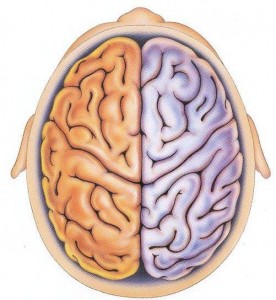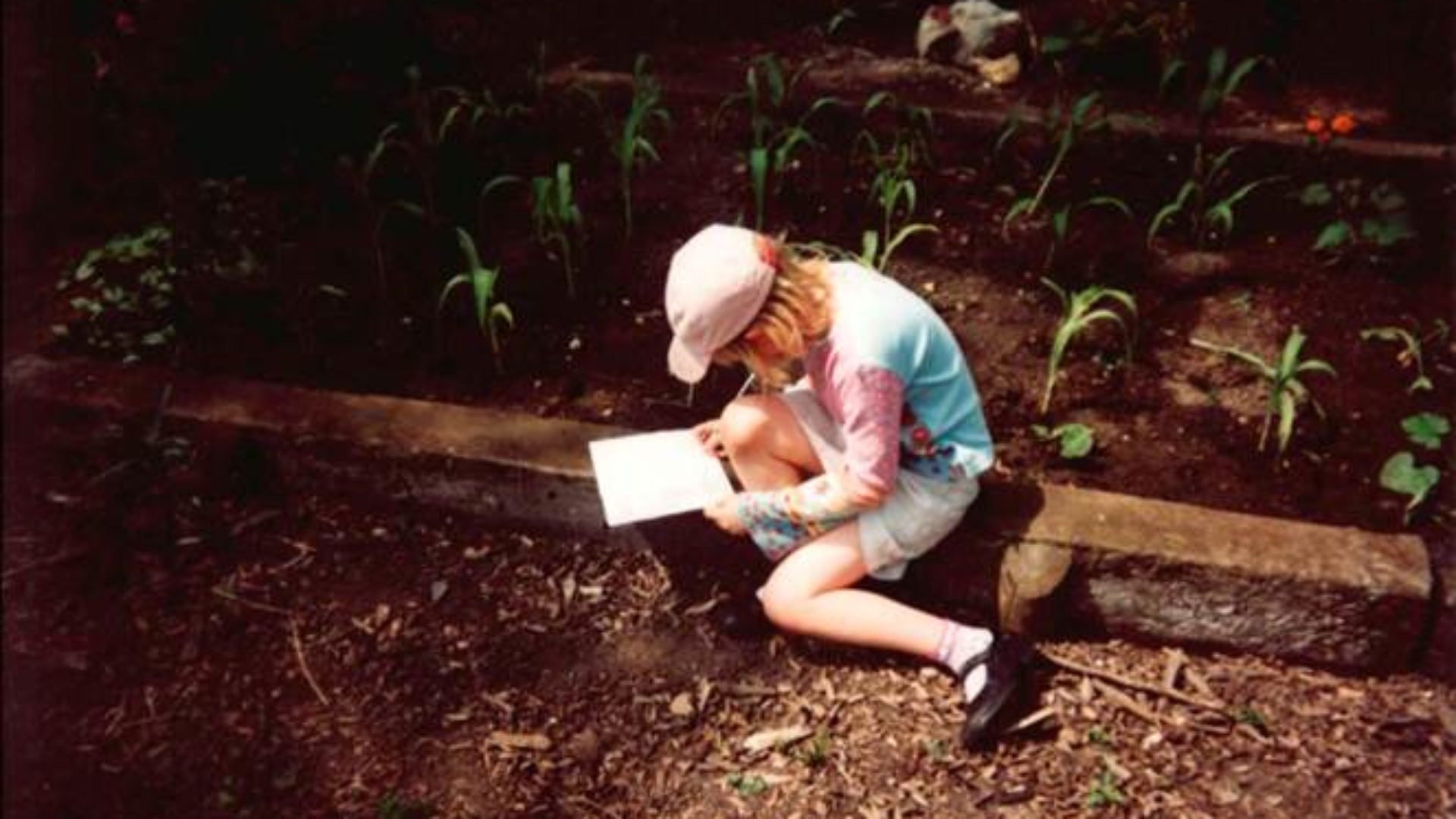 As landscape architects or garden designers, many of us spend a good deal of our time designing (though perhaps not as much as we would like). This is probably the most important and distinctive part of our work. Yet try to get designers to talk about how they go about this and one is confronted with blank looks of misunderstanding. During interviews I almost always ask prospective staff – how do they design? Blank. What processes do they go through? Blank. What do they actually do? Few people can even put one sentence together about the design process let alone come up with any coherent analysis.
As landscape architects or garden designers, many of us spend a good deal of our time designing (though perhaps not as much as we would like). This is probably the most important and distinctive part of our work. Yet try to get designers to talk about how they go about this and one is confronted with blank looks of misunderstanding. During interviews I almost always ask prospective staff – how do they design? Blank. What processes do they go through? Blank. What do they actually do? Few people can even put one sentence together about the design process let alone come up with any coherent analysis.
At college most of us were taught the ‘Survey-Analysis-Design’ method, which grew from and is linked to the modernist mantra of “form follows function”. This principle is so deeply rooted as to have become almost unassailable. At its core is the idea that an object is inherently beautiful if it fulfils the use for which it was designed. In other words by satisfying the first two Vitruvian principles of commodity and firmness, the third (delight) is automatically satisfied. Whilst in many cases this is true (Mies van der Rohe’s buildings for instance) it is also flawed. Do you suppose that the beauty in Calatrava’s work is purely an expression of form follows function? I think not.
The essential inconsistency in ‘Survey-Analysis-Design’ (SAD) is the implication that it is made up of three equal and similar partners. On both counts this is untrue. Survey is a process of gathering information and although there is a subjective element in the filtering and recording of information, it is essentially a quantitive process. Analysis on the other hand is essentially a qualitative process. Nonetheless, both elements have established methodologies and rely on ordered and rational procedures. At this point we are expected to make what Tom Turner calls “the creative leap”1. The SAD method is taught as though the design grows naturally and organically from the first two stages. If this were true, we would all (like first year college students) come up with the same solutions to design challenges. In fact the creative process is quite different in its nature. It relies on ‘ideas’ that are filtered and modified against a rational framework to make them work in the real world. Thus the SAD method is a way of modifying ideas rather than originating them.
So where do these ideas come from? To most of us it is a mystery. As Mattias Konradsson puts it: “..ask a friend to think up something creative on the spot and he’ll look like he ate a bowl of ice cream in a hurry. It’s indeed an elusive process. Creativity and ideas don’t come on command, they seem to spring up when we least expect it”2. Much of the writing on the subject of design theory intellectualises this process. Methodologies, systems and theories have been put forward, but most post-rationalise what is essentially an intuitive process.

Instead of trying to dissect and categorise the process of idea origination, it probably makes more sense to try and examine how the brain works. Most designers are exposed to myriad cultural, spiritual and other influences that are clearly inspirational. Nonetheless, most people still talk about ideas coming ‘out of the blue’ and we are all familiar with the way in which they can be triggered by unexpected sources. One theory that looks at this in more detail is that of brain hemispheres. The “left brain – right brain” hypothesis was initially put forward by Roger Sperry who won a Nobel Prize for his work in 1981. In simple terms, he postulated that the left part of the brain controls the rational, analytical, objective, and detailed parts of our thinking; generally in a conscious fashion. The right part of the brain is responsible for the intuitive, random parts of our thinking. It works on a subconscious level and focuses on aesthetics, emotions, creativity and subjectivity. It is certainly true that the subconscious plays a critical part in the generation of ideas.
Perhaps it is impossible to successfully analyse creativity. Some people are naturally creative designers, and others will never be. For most of us in the middle, the ability to create and develop ideas that are the seeds of designs is something that can be fostered and refined. This partly happens through practice, and partly by the adoption of specific strategies.
In my experience the most successful design strategies work by giving the subconscious parts of the brain more free rein to work. The most effective of these is the deadline. If I have all day or all week to work on something, most of it is spent in a state of constipated frustration. Instead of producing something better I produce something worse. The other strategy I use is to do something else. Absorb the details of the site and then work on other things for a week or so before coming back and working ideas up quite quickly. Often just when I think I have things right, the client changes some parameter. I reluctantly rework the scheme only to discover that I have come up with a better solution than the original. All of these indicate that if we constrain our thought processes with too much methodology, we limit our ability to generate ideas. Of course, these ideas are loose fluffy masses which must be clipped and beaten into shape against a framework of principles. These may be site specific or more general and are part of the signature of individual designers as well as determining how practical their schemes are.
So where does this leave us. Survey-Analysis-Design is not really a method at all. The best ideas come while you’re in the bath. And if you try to design things by a method you can’t do it at all. Best not to think about it I say. Now, about that deadline…..
John Wyer
This article first appeared in Landscape Magazine under the title ‘Finding the form’.
What are your favourite ways of stimulating the design process? Leave a comment.
- Tom Turner. Garden Design Journal Autumn 1999: ‘Timeless with delight’
- Mattias Konradsson. ‘The Creative Process’ A List Apart ISSN: 1534-0295. 12 March 1999 – Issue No. 8


